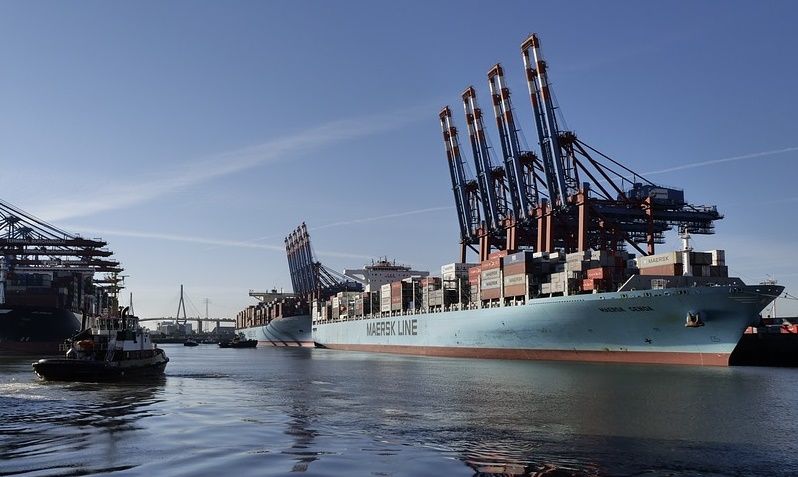U.S. to Reconsider Type Approval for Ballast Water Treatment Systems
Published on by Water Network Research, Official research team of The Water Network in Government
The U.S. Coast Guard Authorization Act was passed by the Senate last week with a Vessel Incidental Discharge Act (VIDA) bill that could potentially simplify the nation's approach to ballast water treatment and align its type approval of ballast water treatment systems to that of the IMO.

Representative Image Source: Pixabay, labeled for reuse
The VIDA Bill amends the regulations to allow for the use of reproductive methods for the testing and approval of ballast water management systems by explicitly expanding the definition of “living” to ensure that organisms that can't reproduce (nonviable) are not considered to be “living” (page 41 of the bill.
Furthermore, the U.S. Coast Guard is required to develop a draft policy letter detailing reproductive methods based on best available science, and it must consider type approval testing methodologies that utilize organism grow-out and Most Probable Number (MPN) analysis to determine the number of viable organisms in ballast water that are capable of reproduction.
This new policy could potentially harmonize the U.S. Coast Guard's approach on reproductive methods in determining a ballast water treatment system efficacy with that of the IMO. Allison Miller, product manager for ballast water treatment system manufacturer Trojan Marinex, says the changes would allow UV systems to be type approved by the U.S. Coast Guard. They would also allow these systems to be run in what equipment manufacturers believe is an energy-efficient manner - higher levels of UV treatment would be required to ensure the required death rates of organisms rather than just ensuring the organisms were unable to reproduce.
She looks forward to the bill's passage through the U.S. House of Representatives. “The Bill unequivocally requires the U.S. Coast Guard to adopt a reproductive method based on best available science. As many know, the rest of the world through the IMO adopted the MPN method as the best available science for a reproductive method in July, 2017. We believe this harmonization is a major step forward for shipowners around the world, as it allows for the appropriate and cost-effective use of UV treatment for ballast water management systems."
Ballast water management consultant Jad Mouawad says that while the changes specifically state that the Coast Guard must publish a draft policy letter for describing type approval testing methods capable of measuring the concentration of organisms in ballast water that are capable of reproduction, it remains to be seen which type-approval method the Coast Guard is actually going to publish and whether it will be the same as the IMO. “That said, there is nothing stopping the U.S. Coast Guard from asking the IMO to adopt its own version of a testing method capable of reproduction, thus bringing the two standards on the same page, but not benefiting those ballast water management systems that have previously used MPN in their IMO testing.”
Read the full story on Maritime Executive
Media
Taxonomy
- Industrial Wastewater Treatment
- Water Treatment & Control
- Industrial Water Treatment
- UV Disinfection
- Waste Water Treatments
- Ultraviolet
- Ultraviolet
- Industrial Water Managment
- Marine
- Ballast Water
- Water Management
- Water Quality Management